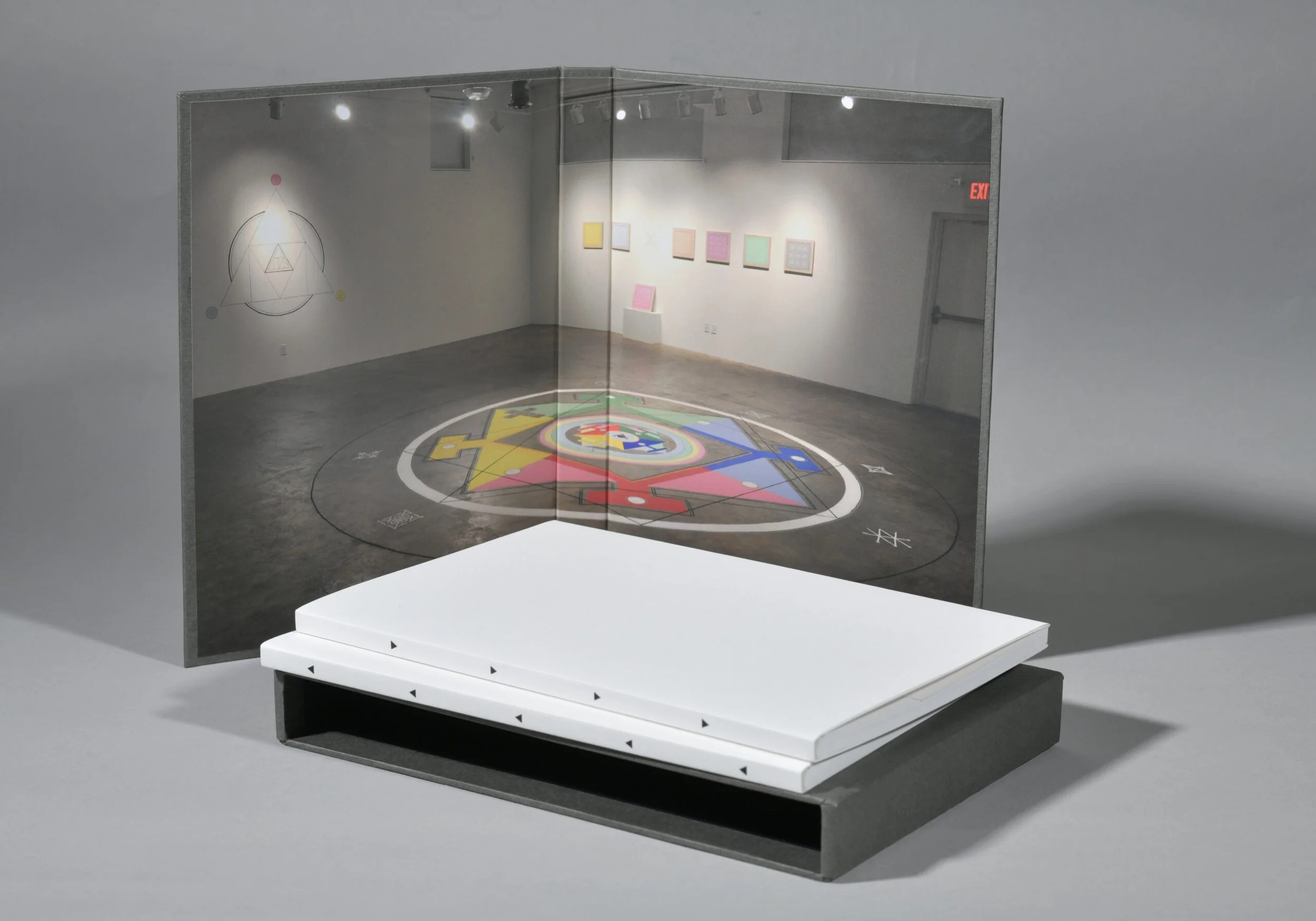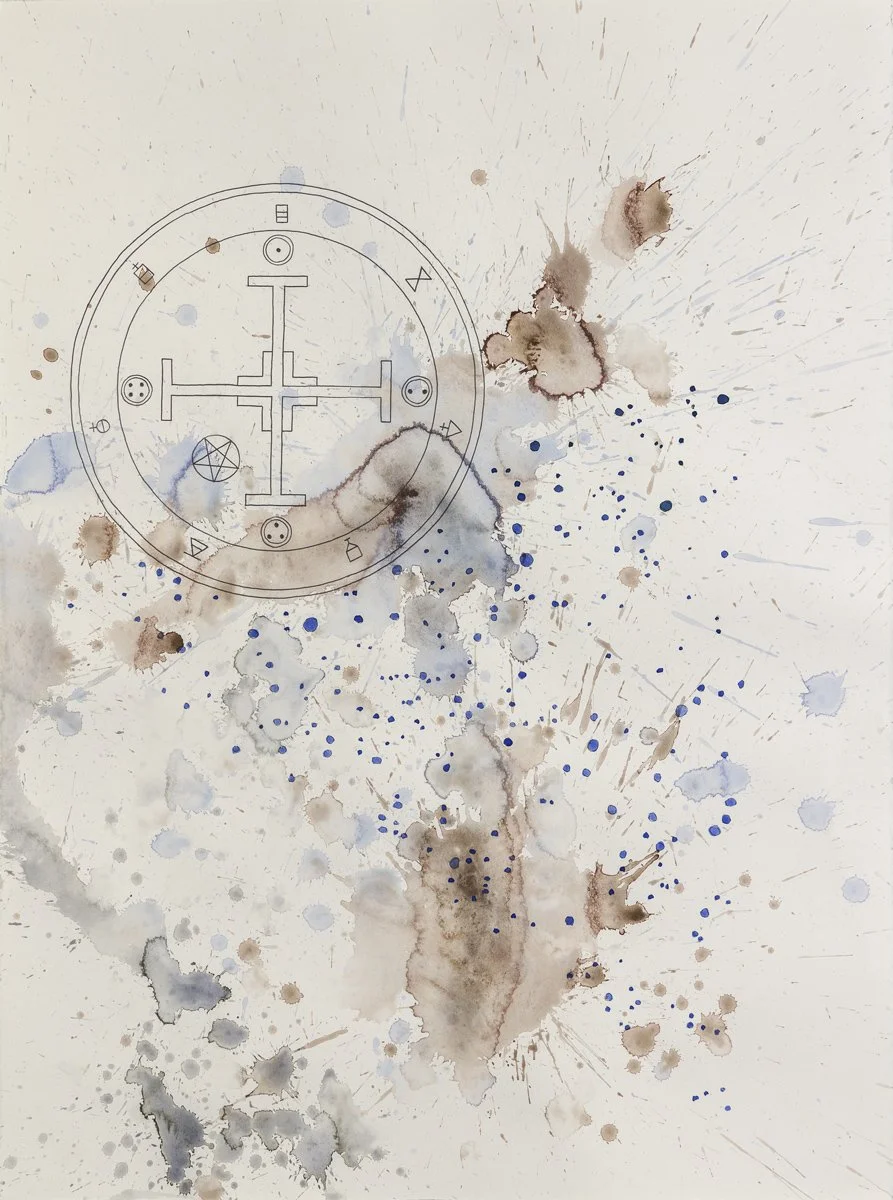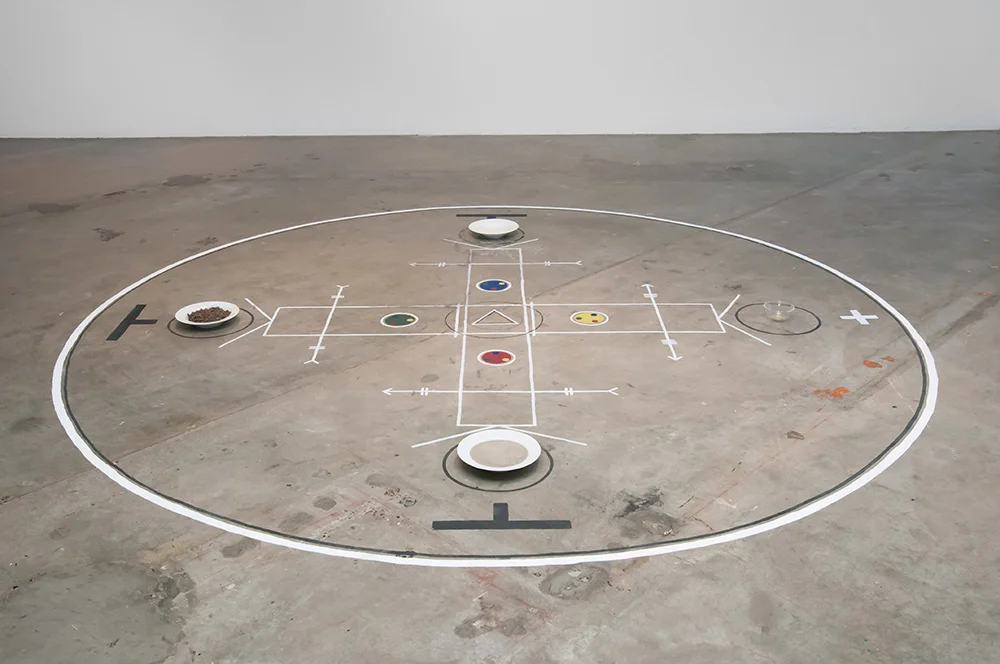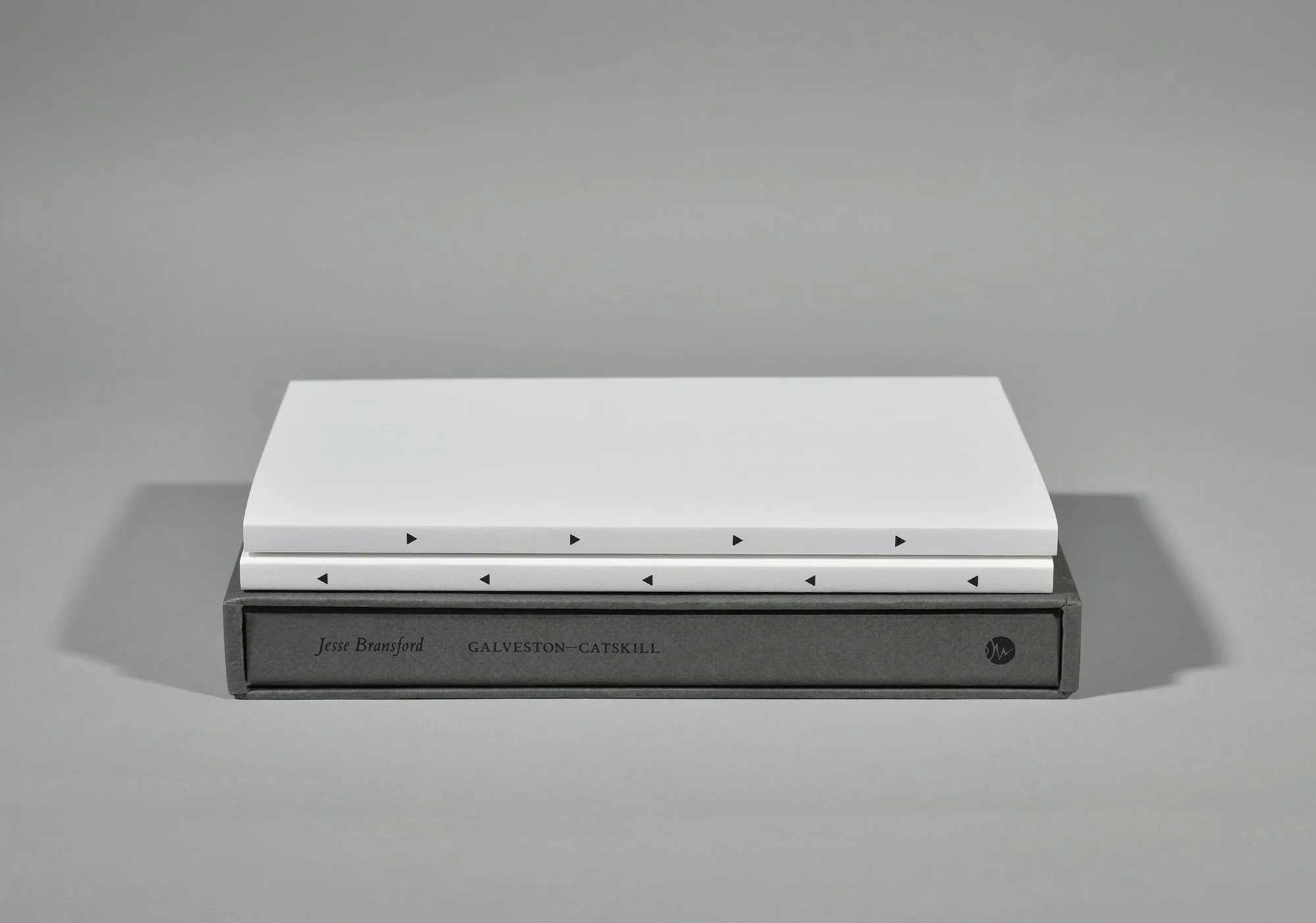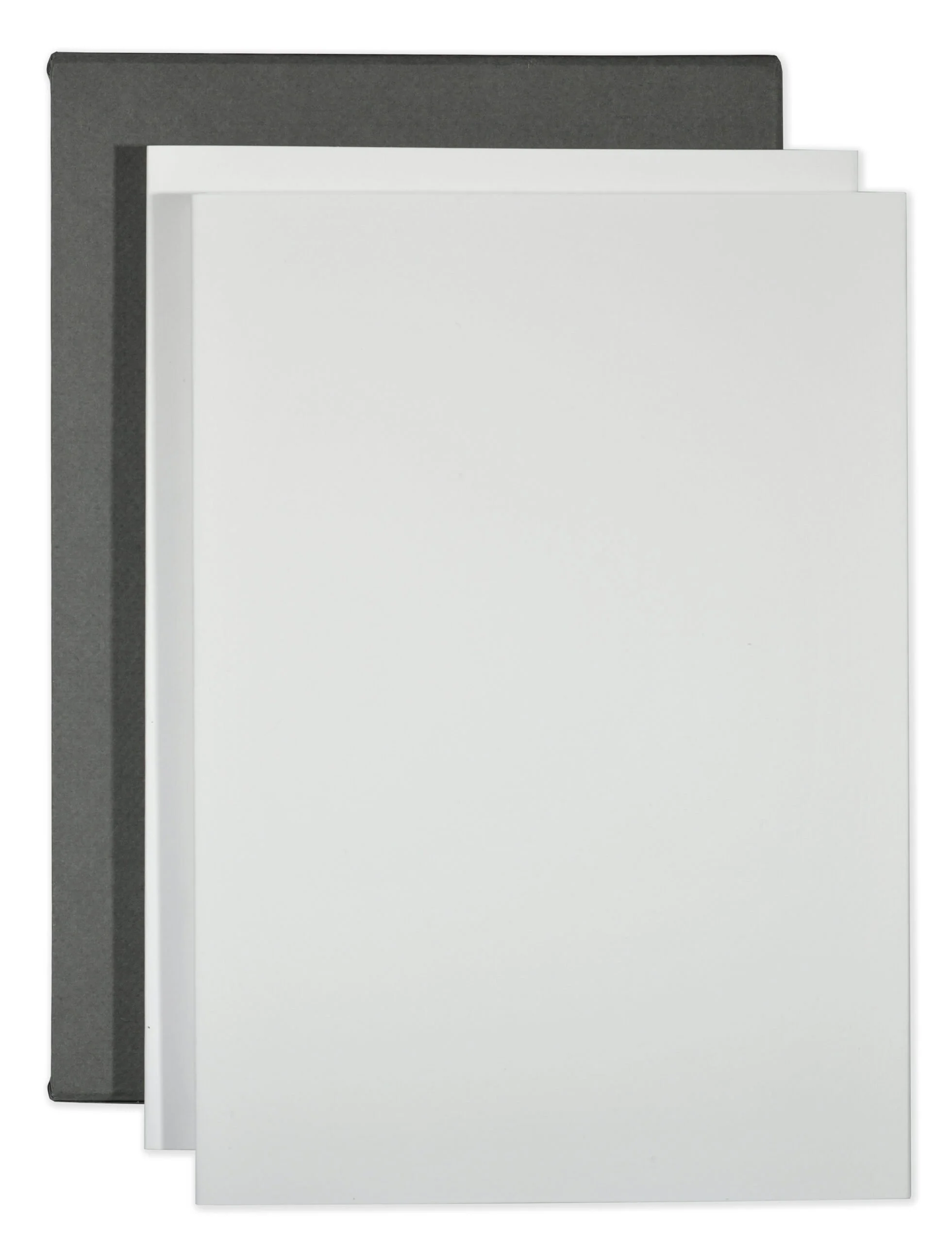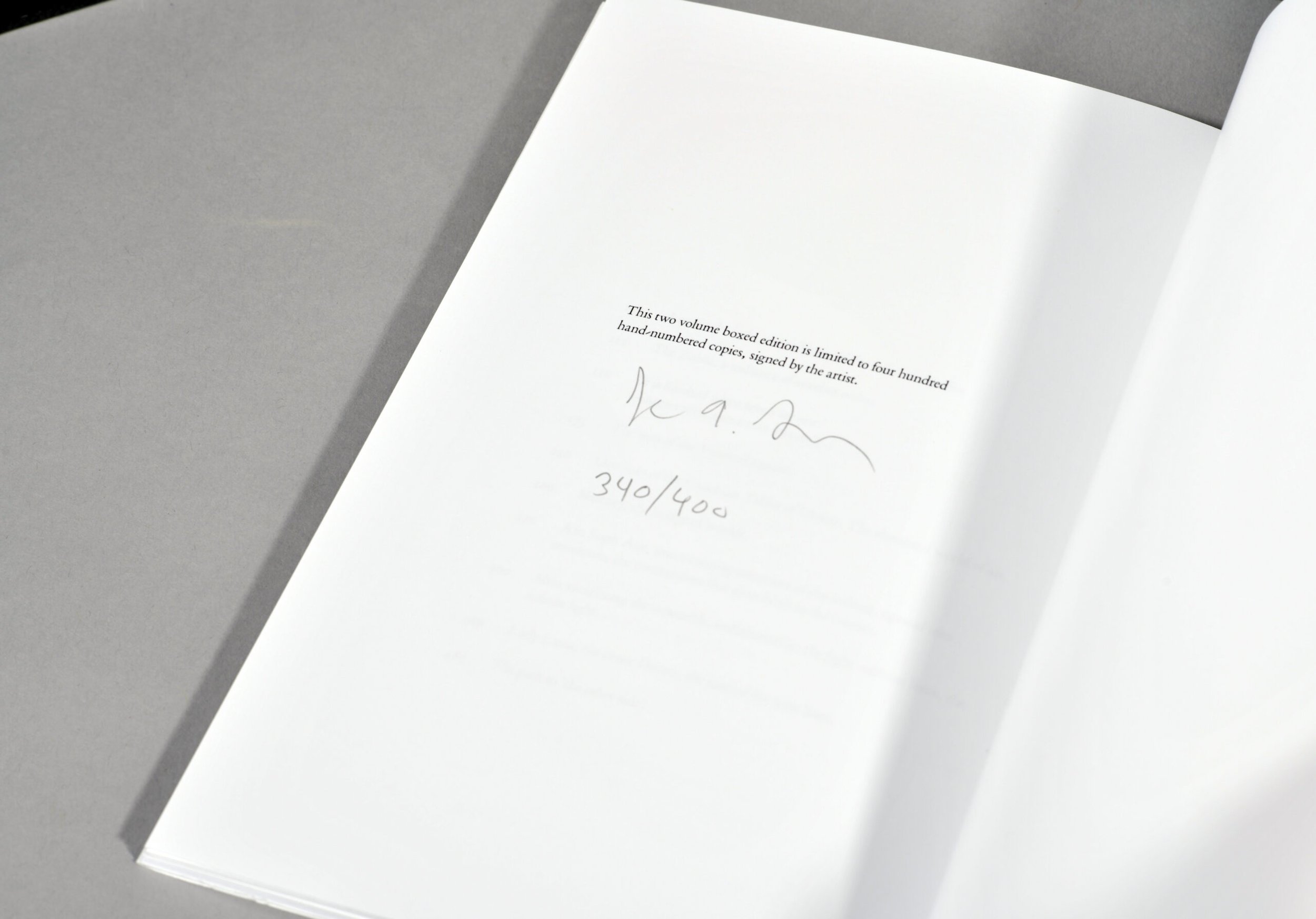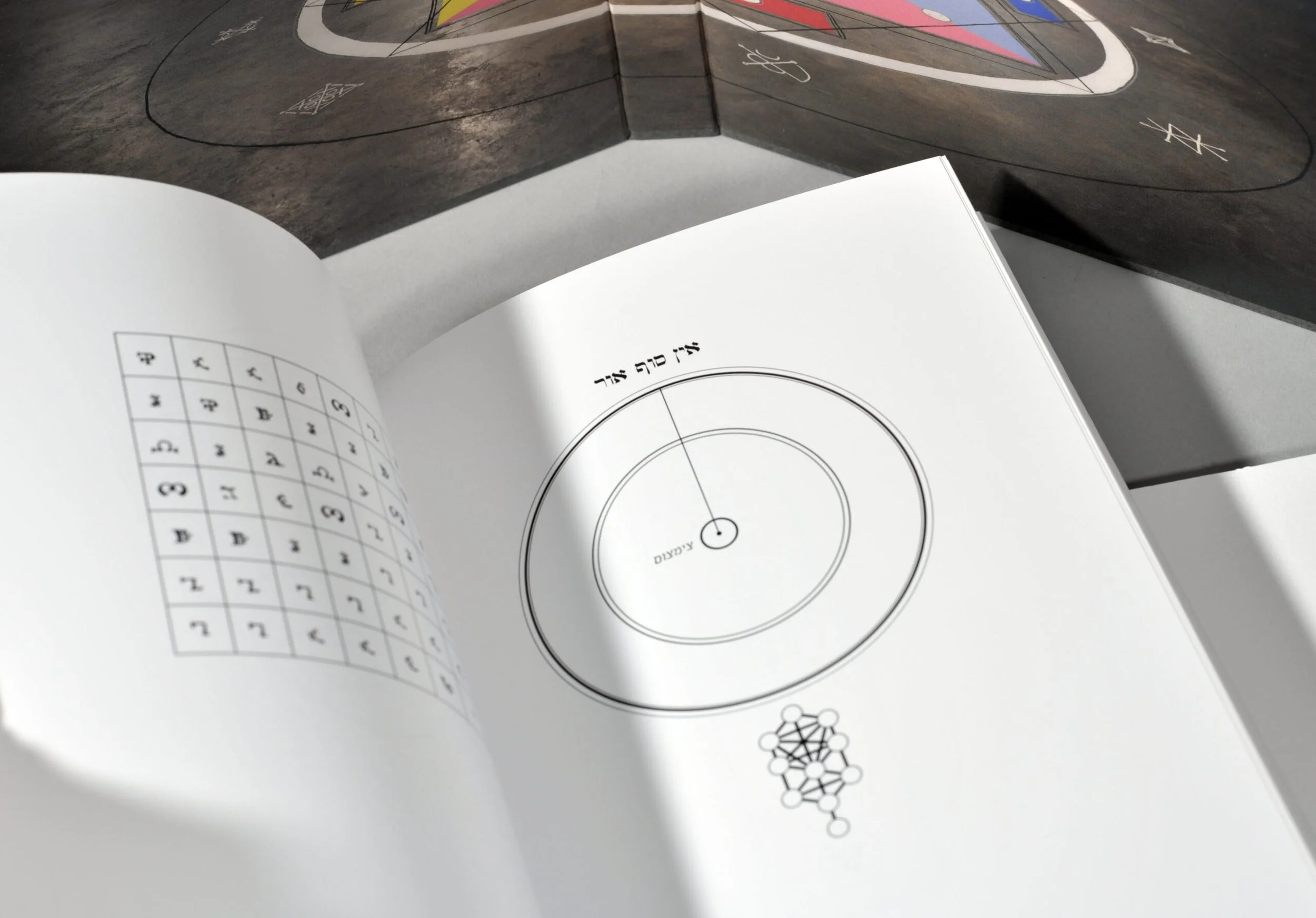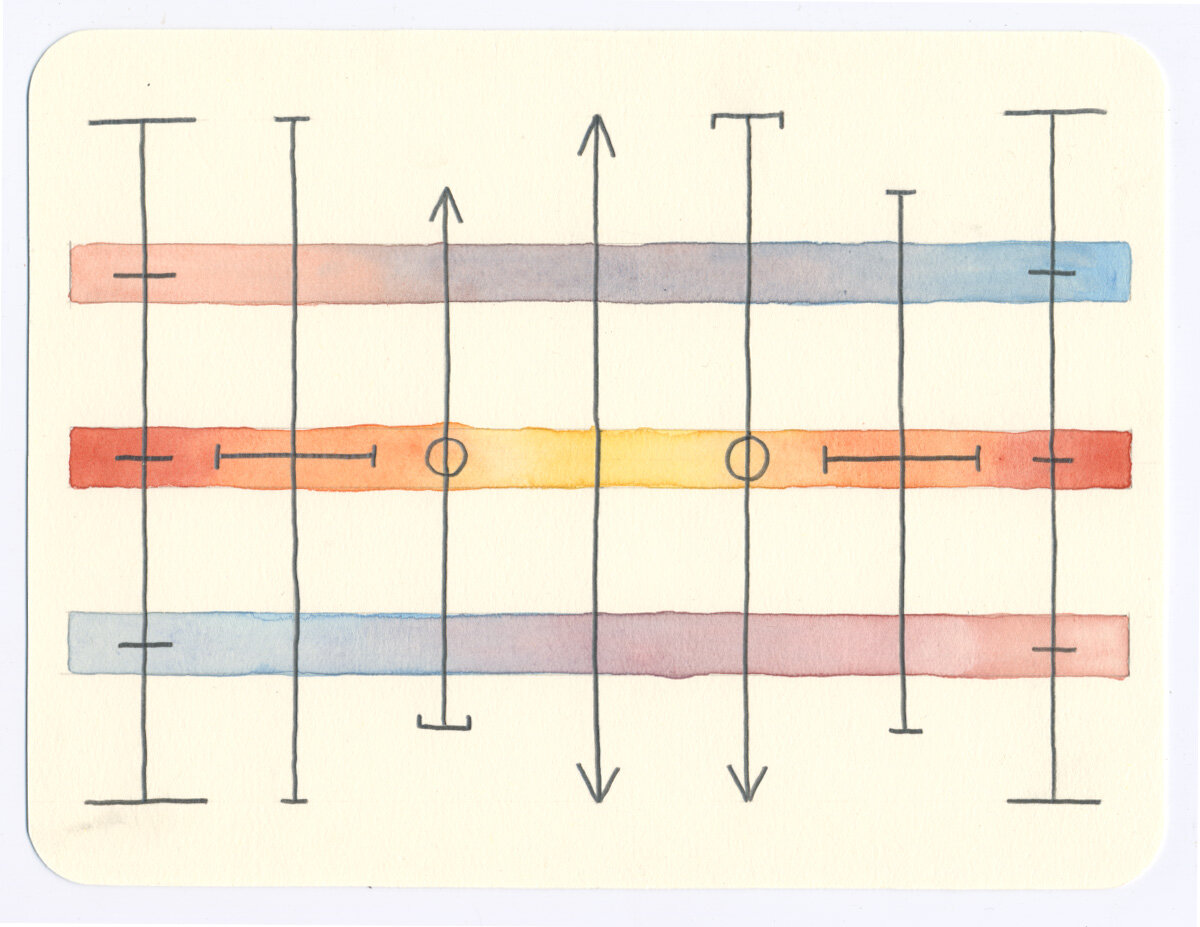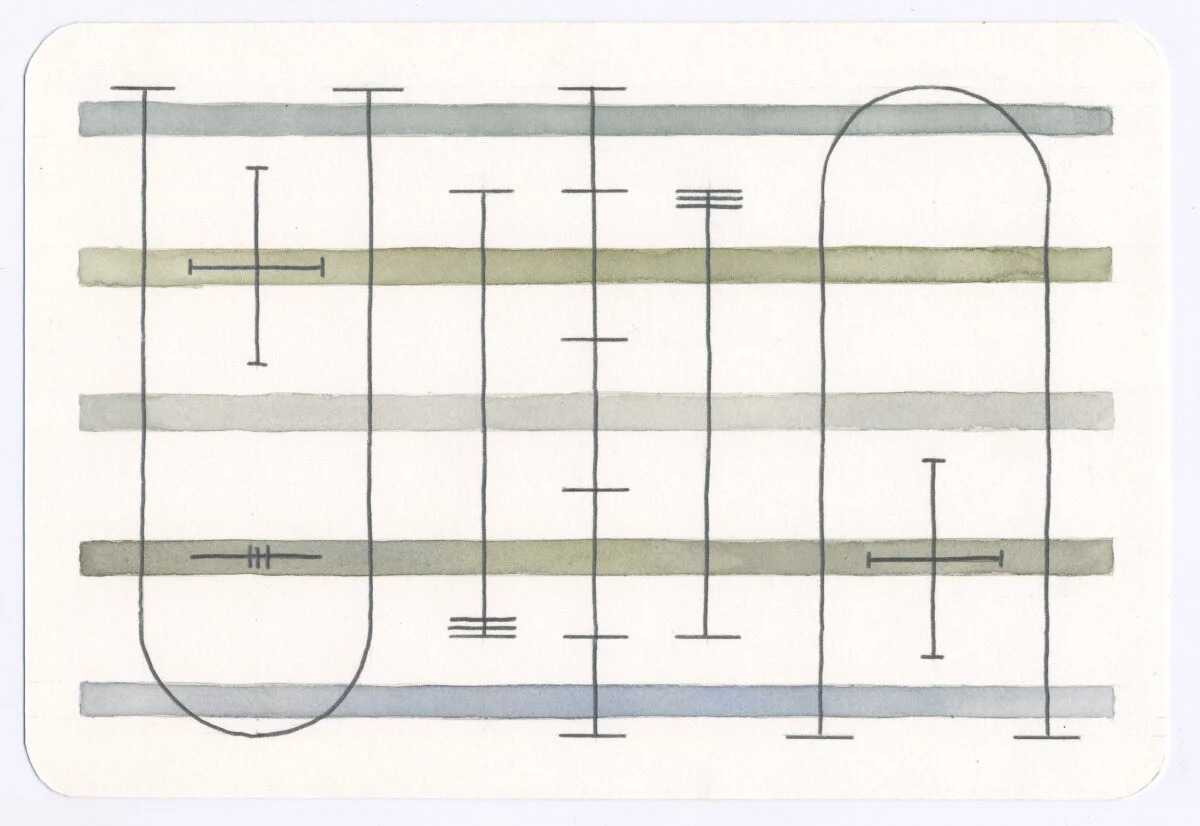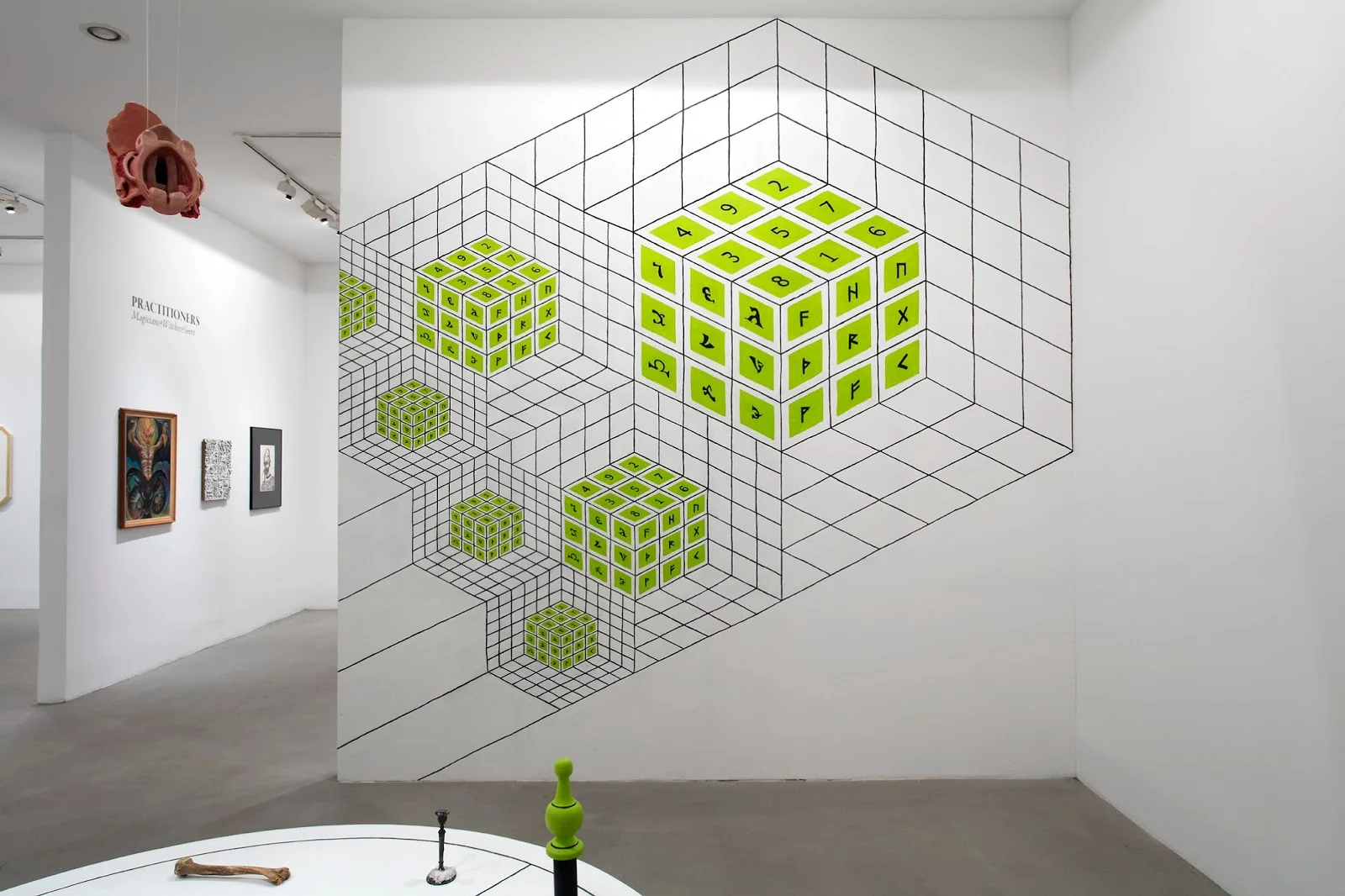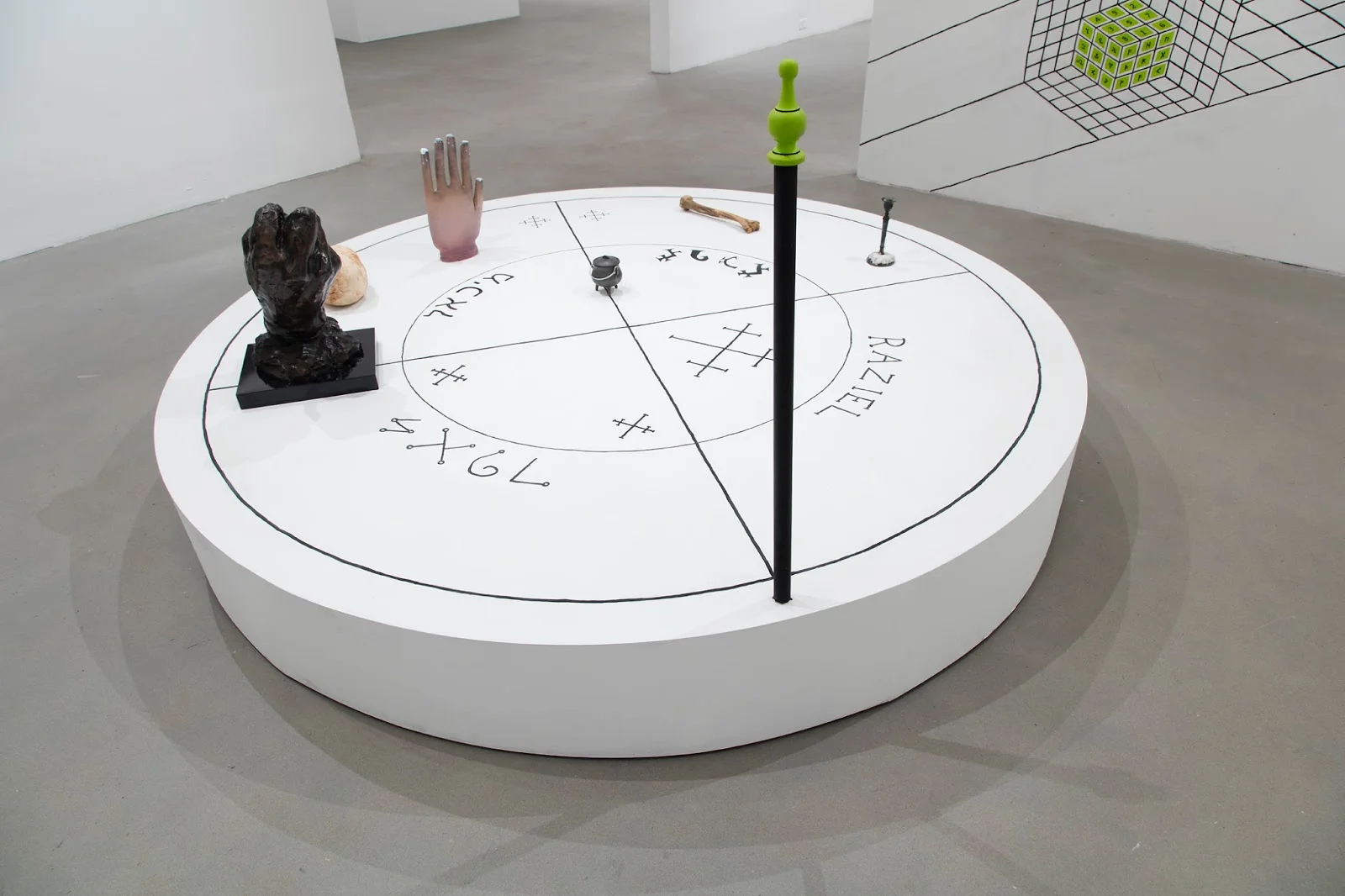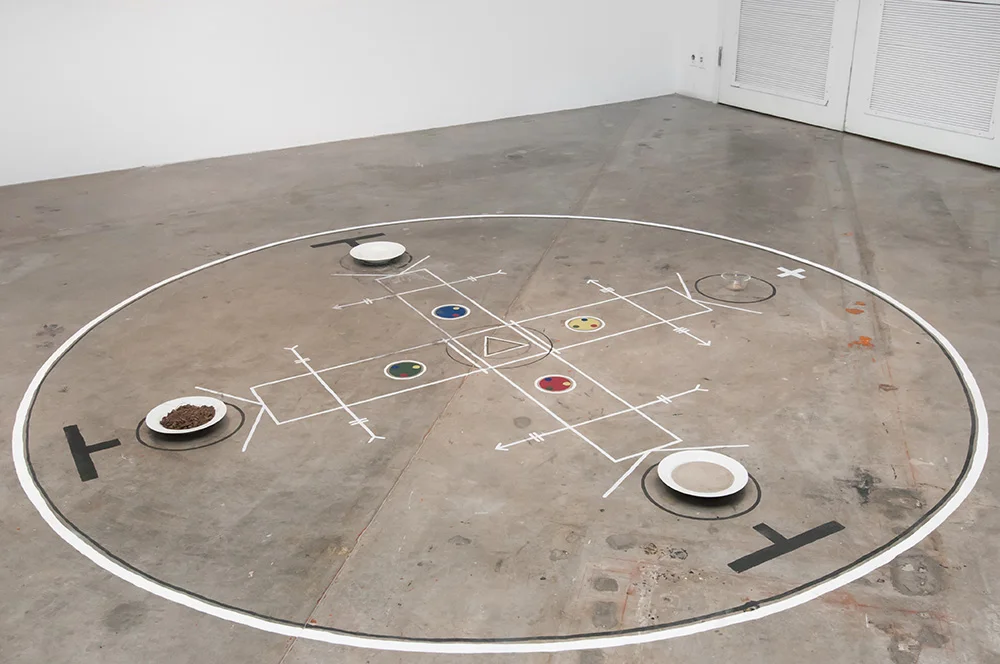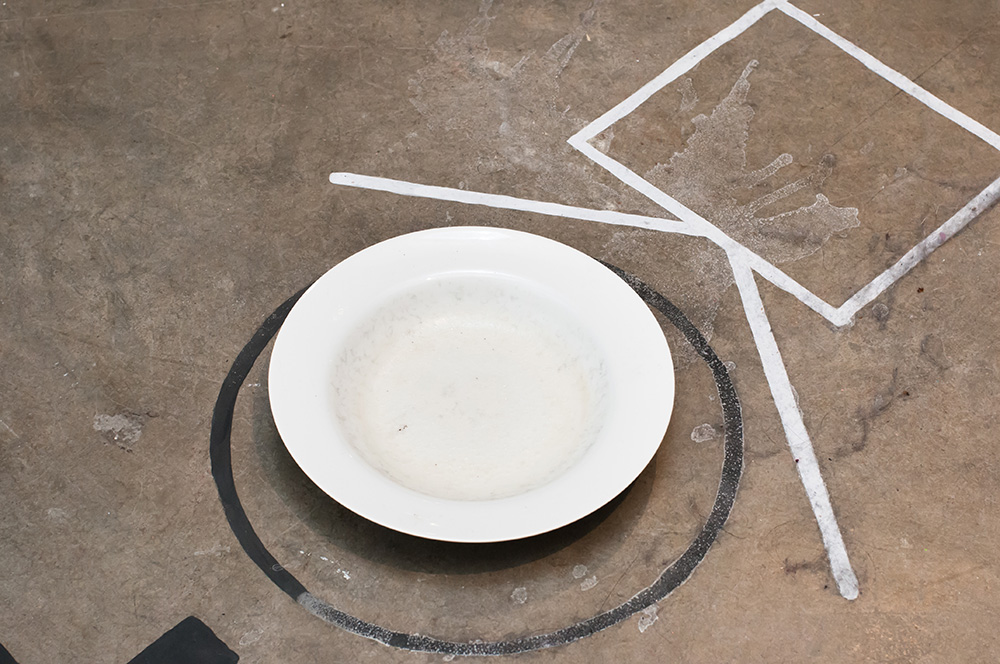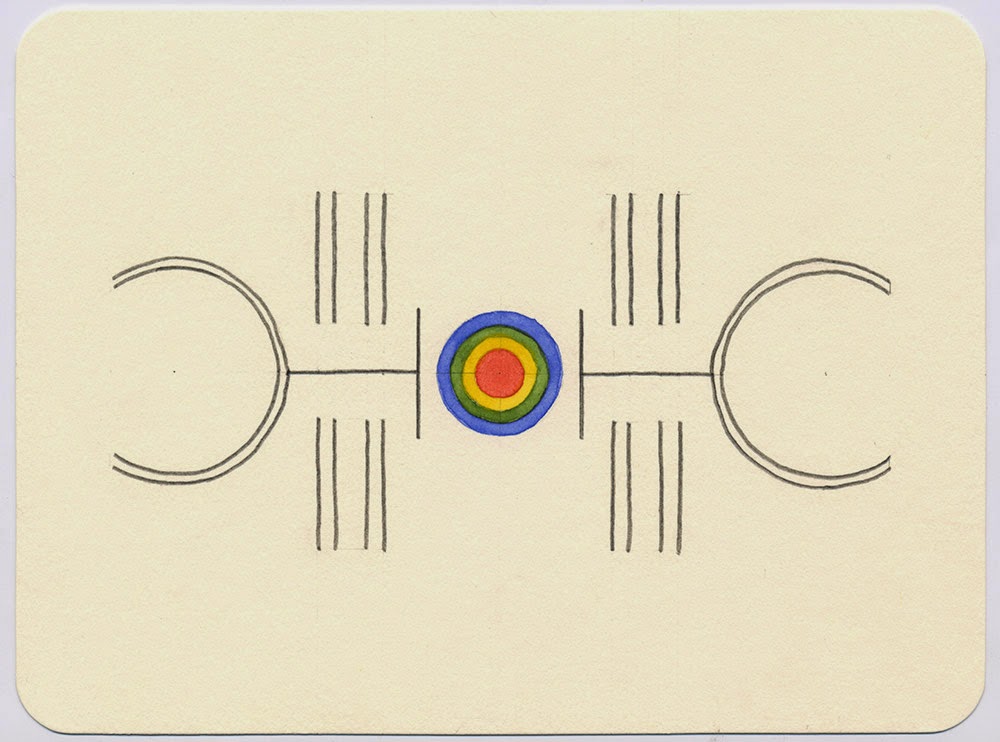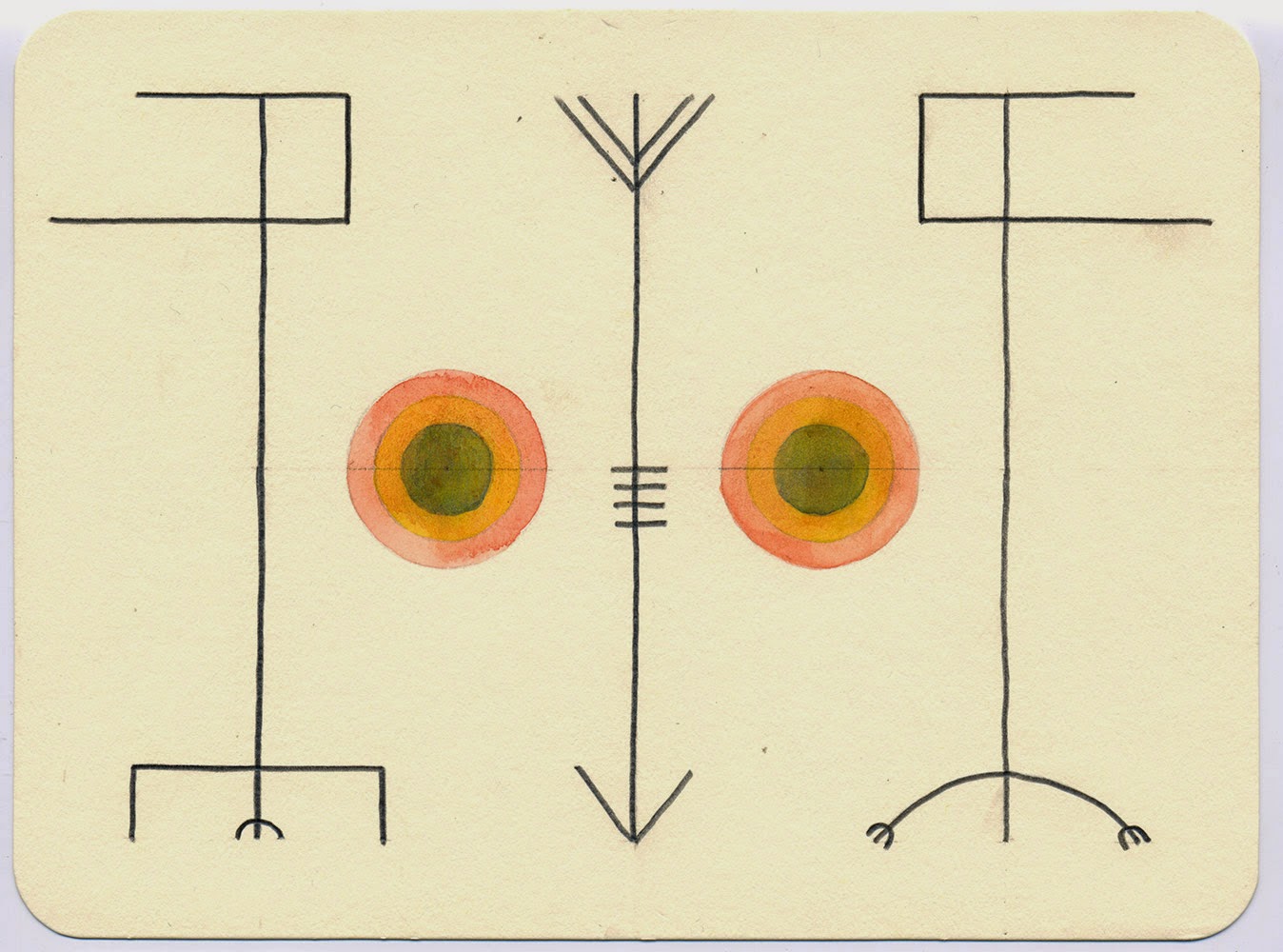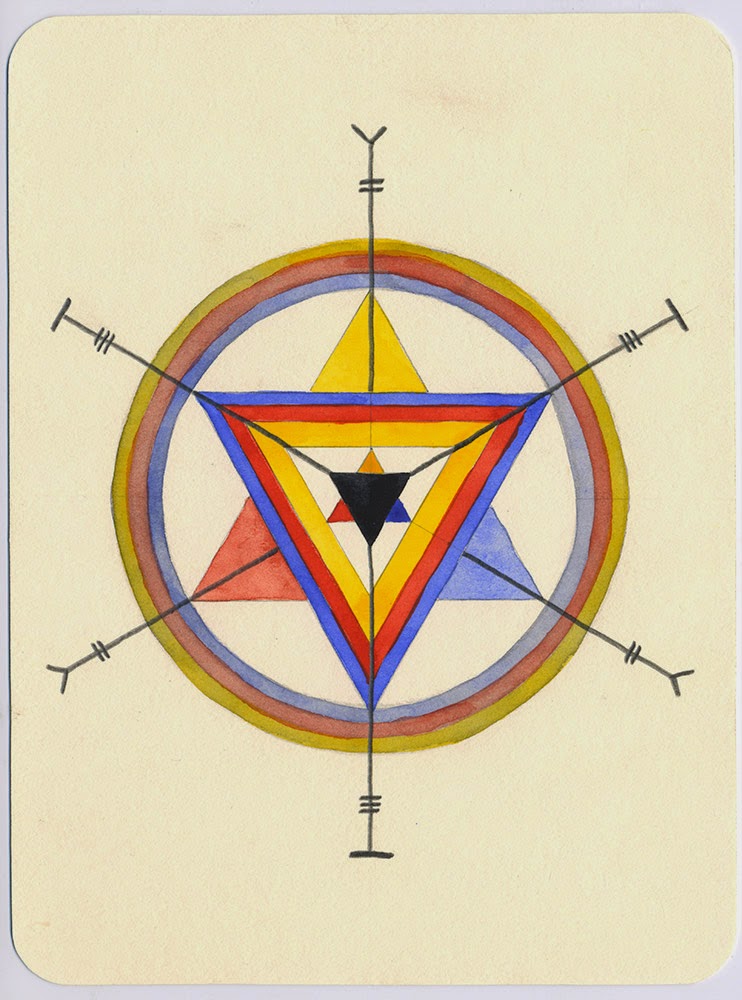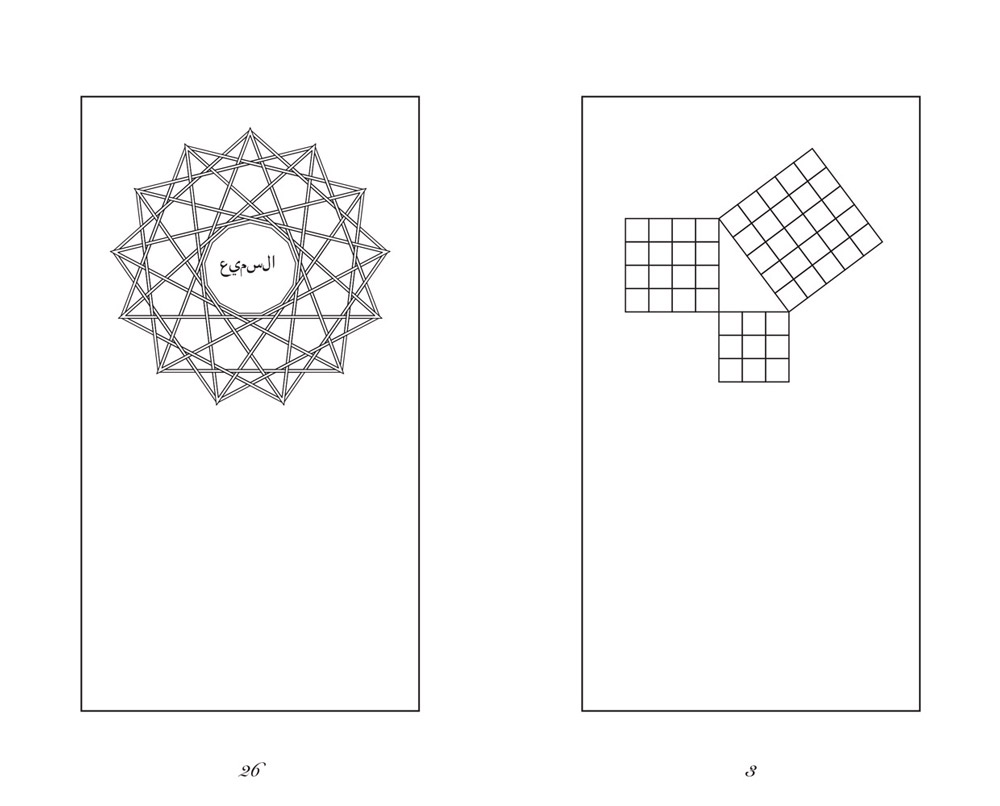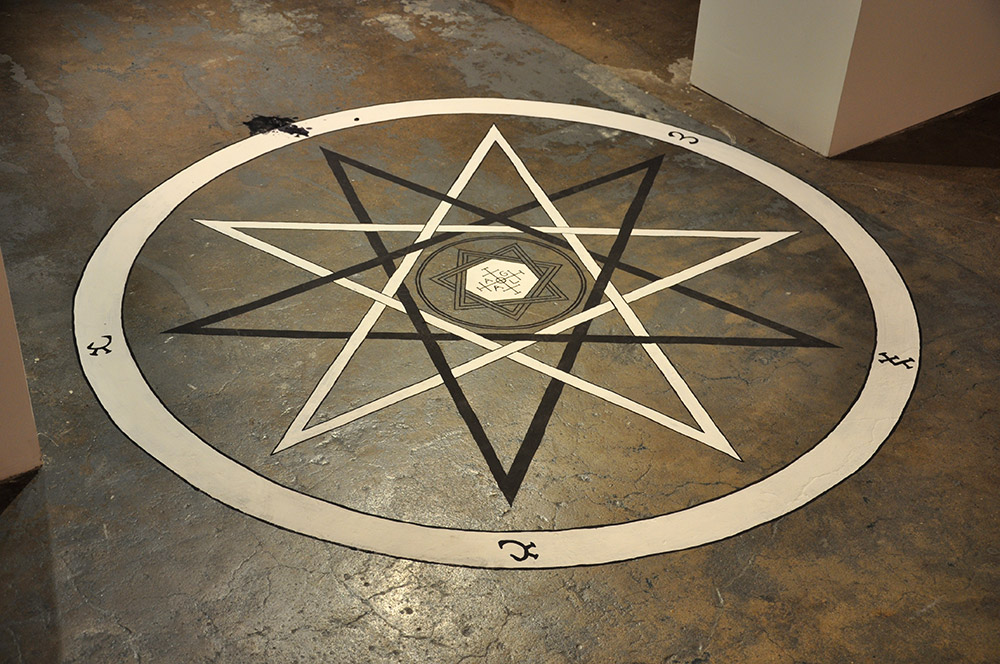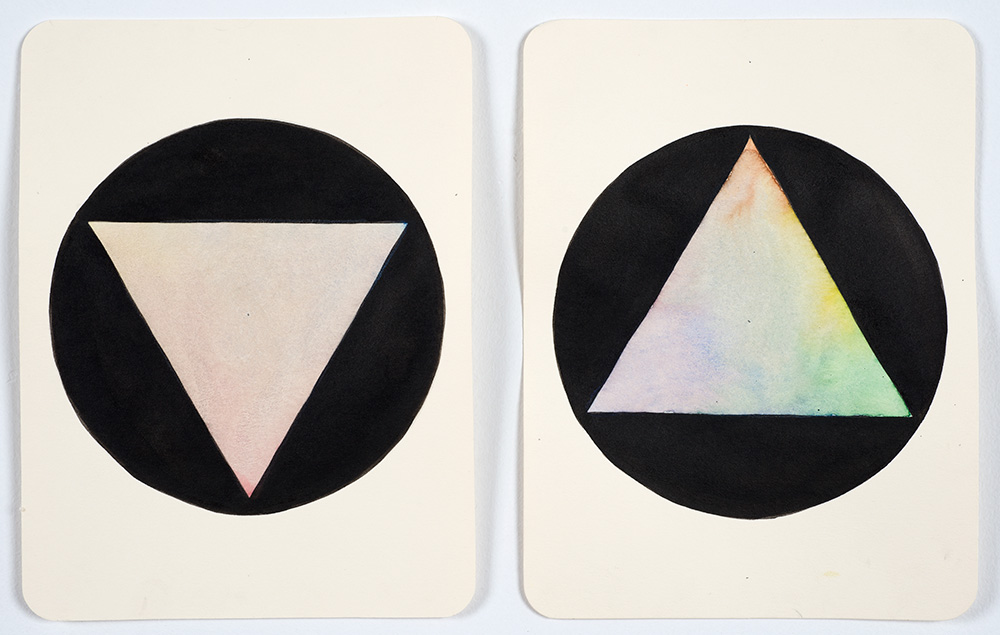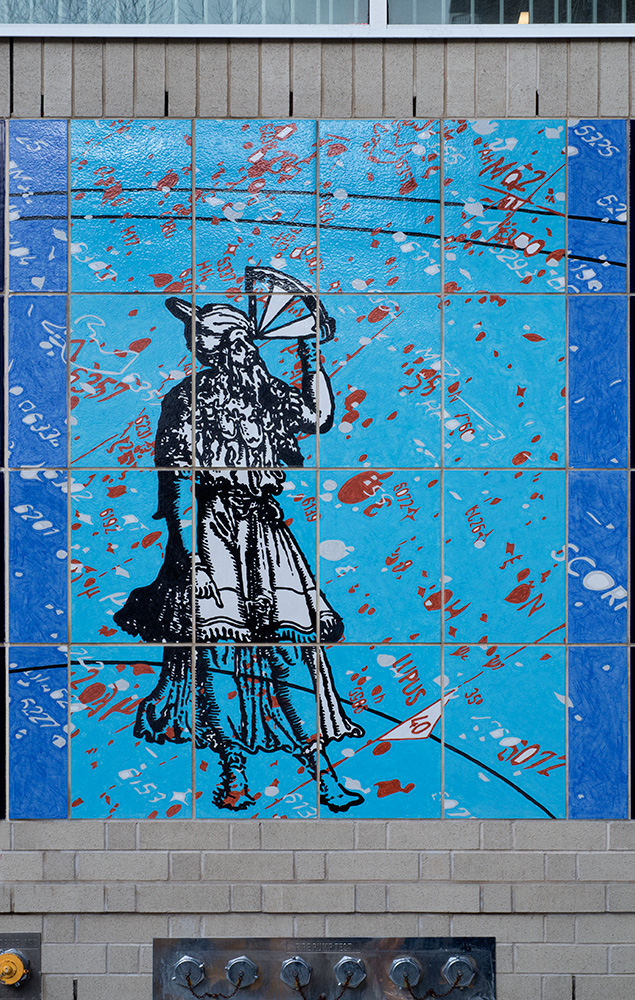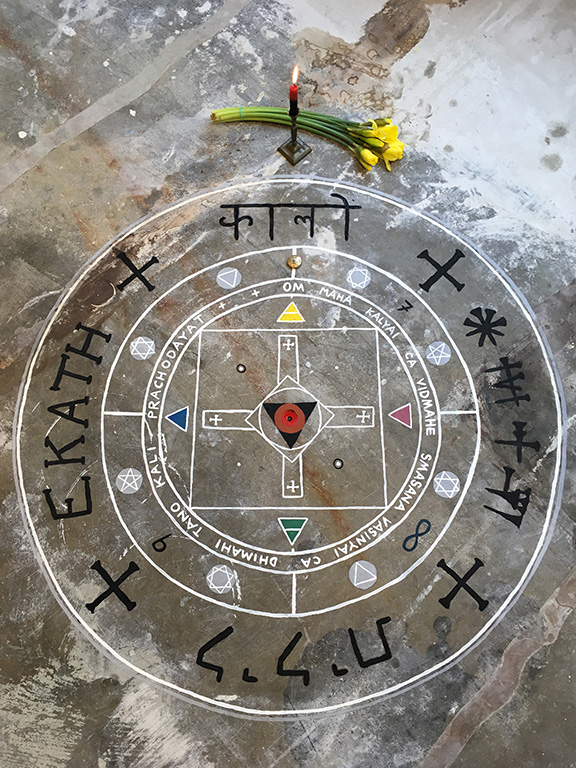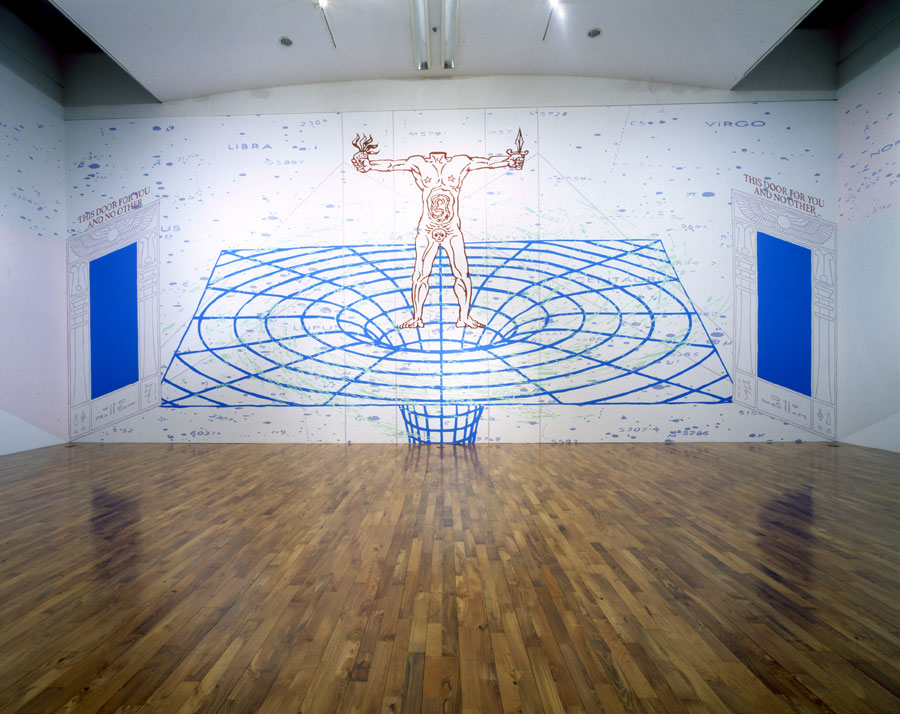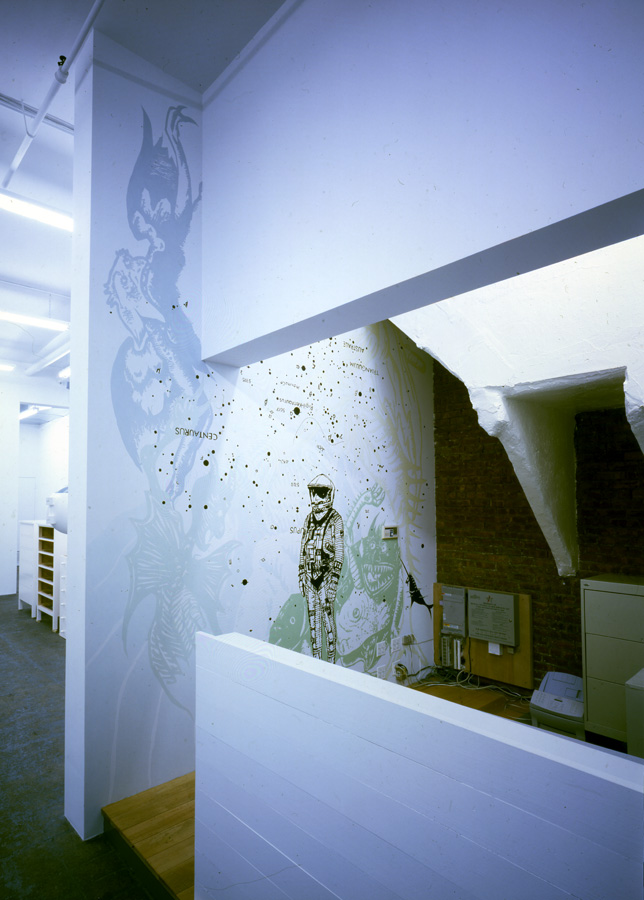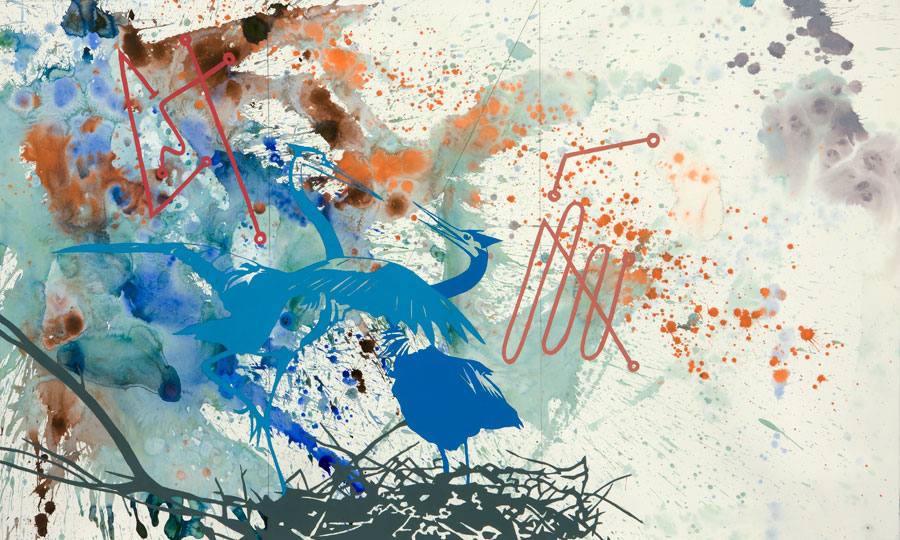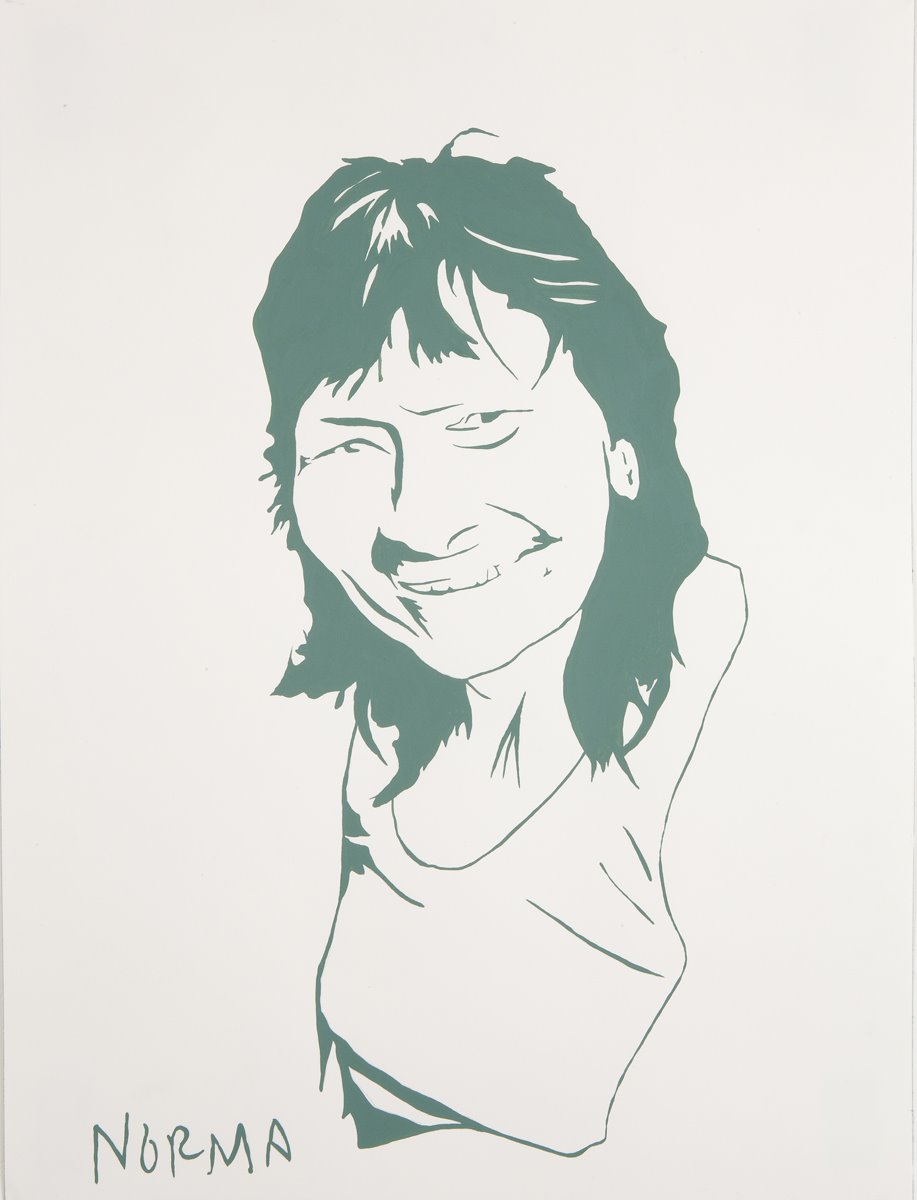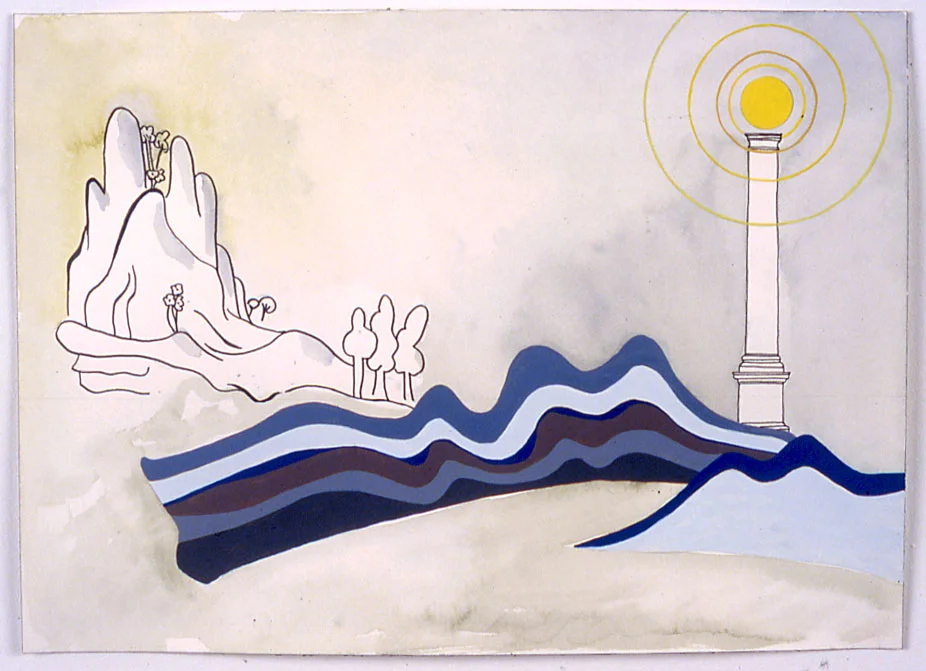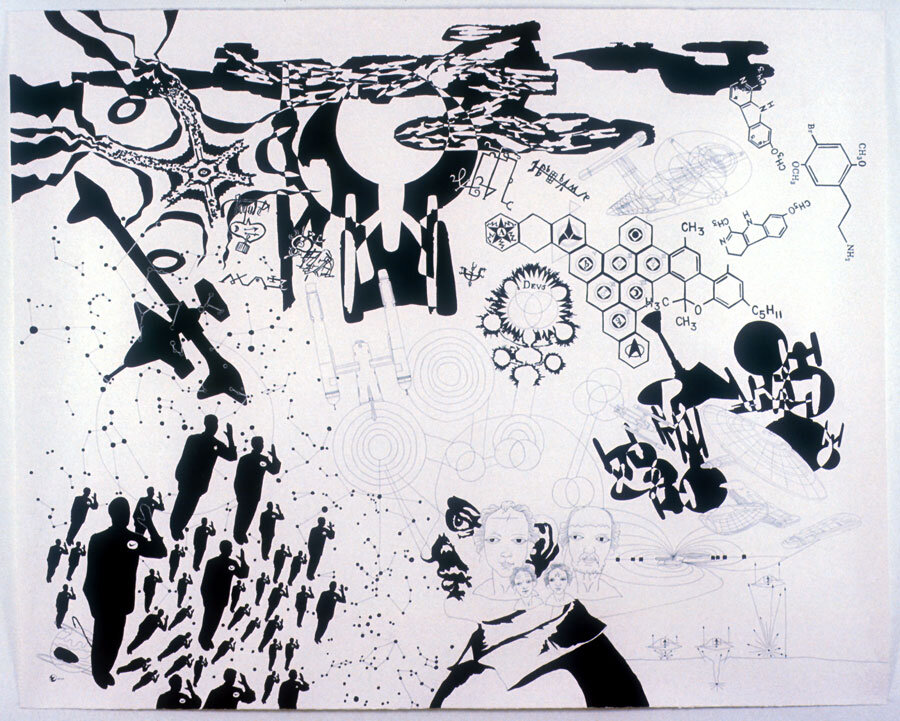Interview with Hudson 03.28.10
Hudson: .when/how did you first learn of ayahuasca?
Jesse: I guess I was 16 or 17 when I first heard about ayahuasca, but that wasn't the name I knew it as. I read the Yage Letters about that time after reading Naked Lunch. I had of course started reading Burroughs by reading Queer and Junky, so I was really interested in what happened that could cause the rupture that is Naked Lunch. In retrospect I also realize that the Yage Letters functioned as an extension of my childhood adventure narratives; what fascinated me at the time was that the book was not Middle Earth or Starfleet, this was 'real,' it was in the world. It opened up a lot of possibilities for me.
I learned about the physical properties of ayahuasca later, in the mid/late 90's. I was gathering images of psychotropic molecules and found dimethyltryptamine, which was new to me. It was being talked about in terms of plant-based shamanism and they kept talking about ayahuasca. When I learned part of the mixture was made from a vine I realized it had to be the same thing as Burroughs' Yage. It was interesting because this was pre internet and I remember how slow it was getting those two points into convergence.
.is this the first plant to enter your vocabulary?
I had been thinking a lot about plants in general since about 2001. Friends of mine were getting very involved with naturalism and being outdoors (a few amateur mycologists among other interests). I spent a lot of time outside camping and hiking as a kid, but since moving to NY the focus had been pretty confined to art and books and thinking. These friends started getting me plants and I really enjoyed taking care of them, and it got me thinking about being outside. So with these friends and their outdoor activities, I was finding myself outside more and more. I guess the real trick has been getting that part of my life into my thinking, reintegrating it after all of this city life. Going to the jungle and working with Norma certainly did that.
.seems this is your most analytical body of work yet?
Ha! I was imagining this being my 'loosest' work yet, but I suppose you can meet it at either end of the spectrum. Whichever end it lands on, it is definitely I think my most ‘on a limb’ project to date. I got back from Peru and three weeks later I was still stunned (I'm still stunned actually). I thought at the time "I have to document this." I was really confused about a lot of things and yet felt a clarity I had not felt in a long, long time. I decided to pause in the long-term project I've been working on for the past 5 years and explore the confusion/clarity in as many ways as I could. Perhaps the feeling of analysis is my natural self (heady, verbal) trying REALLY hard to let go and get to the other side of something.
.well the paint application is definitely looser than it has been, more expressive too. was that going on pre Peru or did it all develop post Peru?
When I started all this work about the planets as symbolic structures I began applying washes as a way to question the star fields. It had been washes up until 2007 and I had been thinking about them as abstract effects like in pre-digital film. Well, after Peru when I went back to the studio I saw this use of material in a completely different light. Put succinctly, the washes were material again! I couldn't see them as anything other than things on the paper that were traces of my body. Which of course has been in the work all along, but seeing it this way made the washes have a presence I had not been seeing in them before. I also realized that there was an opportunity to really play with how the images I was using were made, and this led to all sorts of new recognitions. Graphite lines, for example, took on a new relation, becoming a layering tool as well as a way to talk about the way I was drawing the image over a period of time. All obvious stuff, and it sounds dumb on the page, but I think it looks different than it sounds.
.the ayhuasca experience, despite your reading and research/ was it different than you expected?
The experience was like nothing I could have imagined. Simultaneously more actual and concrete than I expected and wholly alien and otherworldly. Most of what I expected to see/feel is what they call chuma (drunkenness), which is commensurate with what I understood as psychedelic experience. A sort of disorientation that amplifies over time and creates visual field distortions, synesthesia etc. The chuma is also where the nausea and vomiting typically occurs. What follows the chuma are generally called pinturas (paintings), and this was completely off the scale of what I knew or expected. The visions were tangible and present in a way I could not have imagined. They were (and I have to say still are) objectively real to me. An aspect of the experience I completely (and naively) underestimated was the presence of the shaman. Norma was extremely present, singing, chanting and talking, as well as performing various rituals in and around the group. How present she was at any given moment had an enormous effect on my mental state, both visually and psychologically. When she was singing, for example, the image repertoire of the pinturas was completely different. I found out later that different songs are supposed to evoke different pinturas. Some songs are evocative of certain plants, animals etc. There would also be periods where we were left alone to our own thoughts, and the cast of the pinturas would become more personal, and the image repertoire would change again. The control Norma exercised over what went on was pretty unbelievable. In retrospect I feel like an idiot for underestimating that aspect of the experience. It is actually what has had the most staying power. The way her images merged with mine created a whole new universe for me.
.the visual anomaly in this body of work are the dice drawings. will you comment on how they interface?
Looking at my work after my return from Peru I realized that the chance relations in the work had been pretty hidden by the other ideas I was trying to get into. I wanted to reinvent the terms of my appropriation, of how people imagined the connections were being made (they are made in all sorts of ways). Games have always been a nexus for thinking about these issues for me, and I liked how the roll of a pair of dice could free my linear thinking up, force me to be even more disjointed. I wanted to try to capture the spontaneity I feel when I work with images. It seemed like a really dumb thing to do so I knew that I must be on to something. The index cards, in their note-taking associations, really connected with the montage style of thinking I was trying to get across. So the experiment became a habit and I kept doing them, but I didn't realize how much they informed the work until I started showing them to people. For all of the chance built into the structure and the thinking, a surprisingly coherent structure still evolves, it always does, but it was a surprise how visible it was to people looking at them: I feel like this is the subterranean process by which a lot of the meaning we come to is made.
.around 1994, while at the new school, you made a decision to get a ba in the history of sciences. is what you thought that would lead you to where you have gone?
I had always intended to get a BA concurrent with my BFA, but the decision to pursue the history of the sciences was a strange one. I realized in High School that I didn’t have the mathematical chops for science, but I understood enough to be inspired by the sense of wonder that drove my interest. One of my mentors in that study really encouraged what he called my philosophical temperament so I found science pushing further and further into what I guess we would call the mystical. I also recognized how separated the arts had generally become from this kind of thinking. While I think I’m probably pretty far from what most people think of as science, I got here via the empiricism of the enlightenment and all of the problems that line of thinking brings to the fore. Looking at the pre-Socratics through to Hume traces a line that on one hand champions where we have gotten with science and materialist thinking, but on the other hand these thinkers would probably be horrified at the barren place existentialism leaves the self. So, for this self anyway, it has become about trying to imagine the paths not taken for possible ways of looking at and thinking about our being here. So I guess its leading in a pretty clear path in that sense...
